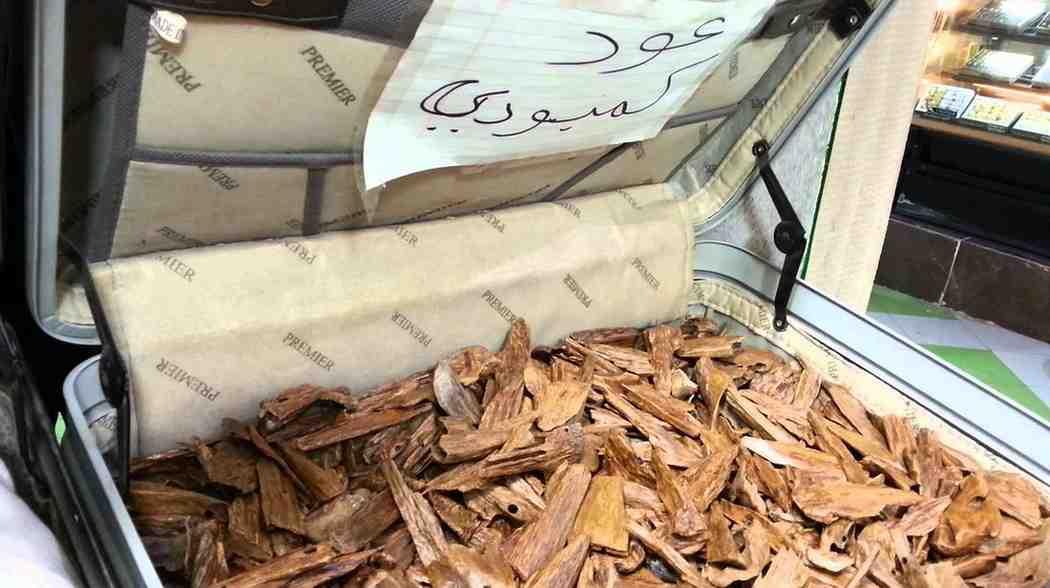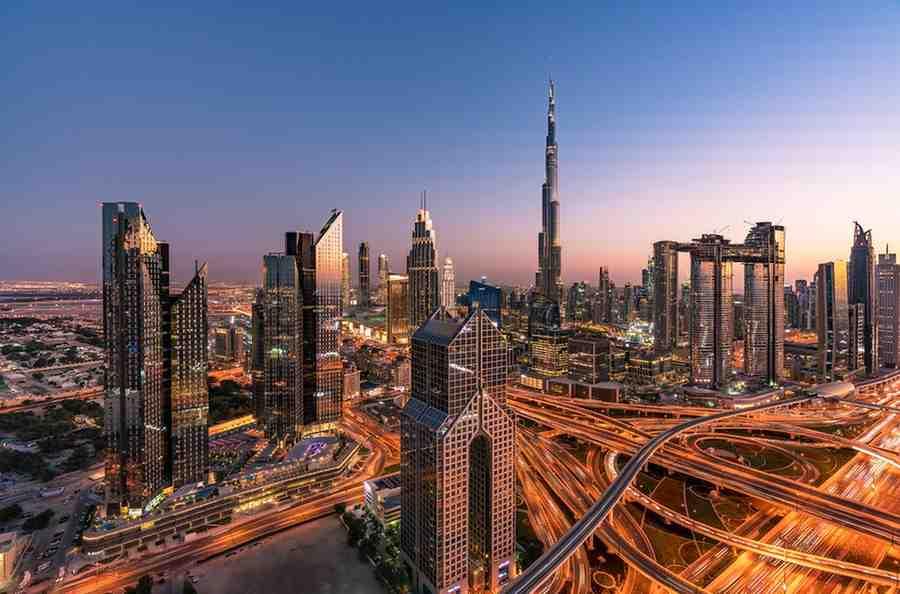The World's Most Expensive Wood: Why Oud Costs Dh105,000 Per Kilogram
Imagine a piece of wood more valuable than gold, gram for gram. In the world of luxury fragrances, this is not a fantasy—it's the reality of oud. With prices for the rarest varieties reaching an astonishing Dh105,000 per kilogram, this aromatic wood is a cornerstone of perfumery and a powerful status symbol, deeply woven into the fabric of Middle Eastern culture.
Recent highlights from the Emirates Perfumes and Oud Exhibition in Sharjah put this luxury on full display, captivating traders and collectors with rare finds and record-breaking valuations.
The Crown Jewel: Tarakan Oud at Dh105,000/kg
At the heart of the exhibition was a standout treasure: Tarakan, a rare Indonesian oud, priced at Dh105,000 per kilogram. Farooq Dawood of the renowned Ajmal Perfumes presented this exquisite wood in a silk-lined box, describing its complex scent profile.
“It has a distinct cinnamon base and a profound sweetness that lingers for days, even surviving repeated washings of fabric,” Dawood explained. He emphasized that this isn't merely a perfume ingredient but “a work of nature itself,” highlighting the unparalleled quality that justifies its premium price.
Why is Oud So Expensive? The Science of Scarcity
The extraordinary cost of oud is rooted in its unique and difficult creation process.
- A Rare Natural Phenomenon: True oud is formed when the Aquilaria or Gyrinops tree becomes infected with a specific type of mold. In self-defense, the tree produces a dark, fragrant, and resin-saturated heartwood—the prized agarwood.
- The Test of Time: This resinous transformation isn't quick. It can take 20 to 25 years for the resin to develop the depth and complexity that define high-quality oud.
- Extreme Scarcity: The yield is incredibly low. From an entire ton of agarwood, distillers may recover only one to two kilograms of premium oud oil, making it one of the world's most scarce natural resources.
A Market on the Rise: Soaring Prices and Rare Varieties
Behind the record-setting Tarakan, other varieties also command royal sums. Imphal Super from India fetches around Dh85,000/kg, while Malino from Malaysia is valued at approximately Dh70,000/kg. Each has its own unique scent signature, ranging from sweet and smoky to sharp and woody.
Exhibitors noted that certain ouds are "on the verge of extinction," with many now surpassing the Dh100,000/kg mark. A striking example is a variety from the Philippines that sold for Dh10,000/kg in 2017 and now commands twenty times that price. This dramatic appreciation is driven by soaring global demand, dwindling wild supplies, and stricter environmental regulations on harvesting.
The Artisan's Touch: Transforming Wood into Liquid Gold
The journey from raw, infected wood to luxurious oil is a meticulous art. The wood is first harvested, cleaned, and sun-dried. It is then soaked for weeks to soften the resin before undergoing a careful distillation process. The resulting oil is often aged for months or even years to mature and deepen its fragrance.
“A single drop of pure oud oil can perfume an entire room,” shared Mohammed Salah of Ateej Fragrances. “Its magic is that the fragrance evolves with the warmth of your skin, revealing different notes throughout the day.”
The New Generation of Oud Entrepreneurs
The exhibition also highlighted a new wave of local artisans. Emirati women like Mariam Alari, founder of Oudess, are entering the market. What began as a hobby in 2021 has blossomed into a business producing attars, lotions, and blended perfumes that fuse oud’s woody depth with floral and musky notes.
Similarly, Shuaib Abdullah Al Suwaidi, who sources oils from China, Indonesia, and Vietnam, offers 30 varieties of oud. For him, the value lies in the “soul” of the fragrance—a depth that can only be achieved through natural extraction and patience.
Final Thoughts: More Than a Scent, a Legacy
The price tag of Dh105,000 per kilogram for a piece of wood is a testament to a unique convergence of nature, time, craftsmanship, and culture. Oud is not just a fragrance; it is an experience, an investment, and a piece of living heritage that continues to captivate the world, proving that true luxury is, indeed, priceless.




